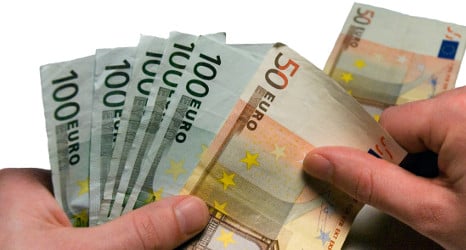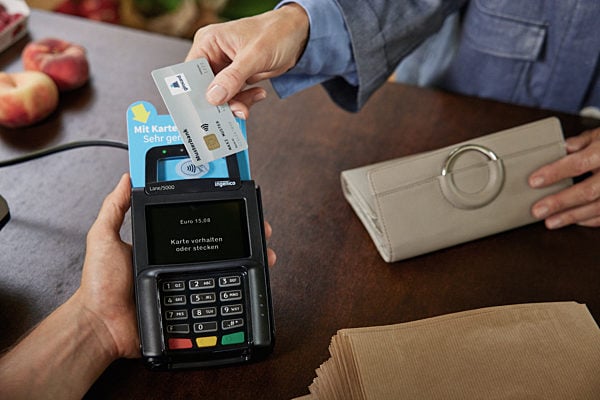The ratio of doubtful loans, mostly mortgages, extended by Spanish banks rose to 10.78 percent of total credits in January from 10.44 percent in the previous month, the central bank said.
The blip came after the so-called "bad bank" began to mop up risky assets in December, the Bank of Spain said on Tuesday.
The rise in bad loans to €170.69 billion ($220.71 billion) in January follows a decline to €167.45 billion euros in December, its lowest level since May 2012, after the transfer of lower-quality credit portfolios to the so-called "bad bank" that started operations that month.
Spain is shoring up its banks after they were hammered by a property market crash in 2008, using a European Union rescue loan obtained last year of up to €100 billion.
As one of the conditions imposed in return for the European credit, Madrid agreed to create bad bank Sareb to absorb impaired assets from troubled banks.
Four of the hardest hit banks that were taken over by the state last year — Bankia, Catalunya Caixa, NovaCaixaGalicia and Banco de Valencia — transferred their bad assets to Sareb on December 31 last year.
Spanish banks are expected to transfer around 60 billion euros worth of 'toxic' assets to the bad bank.



 Please whitelist us to continue reading.
Please whitelist us to continue reading.
Member comments